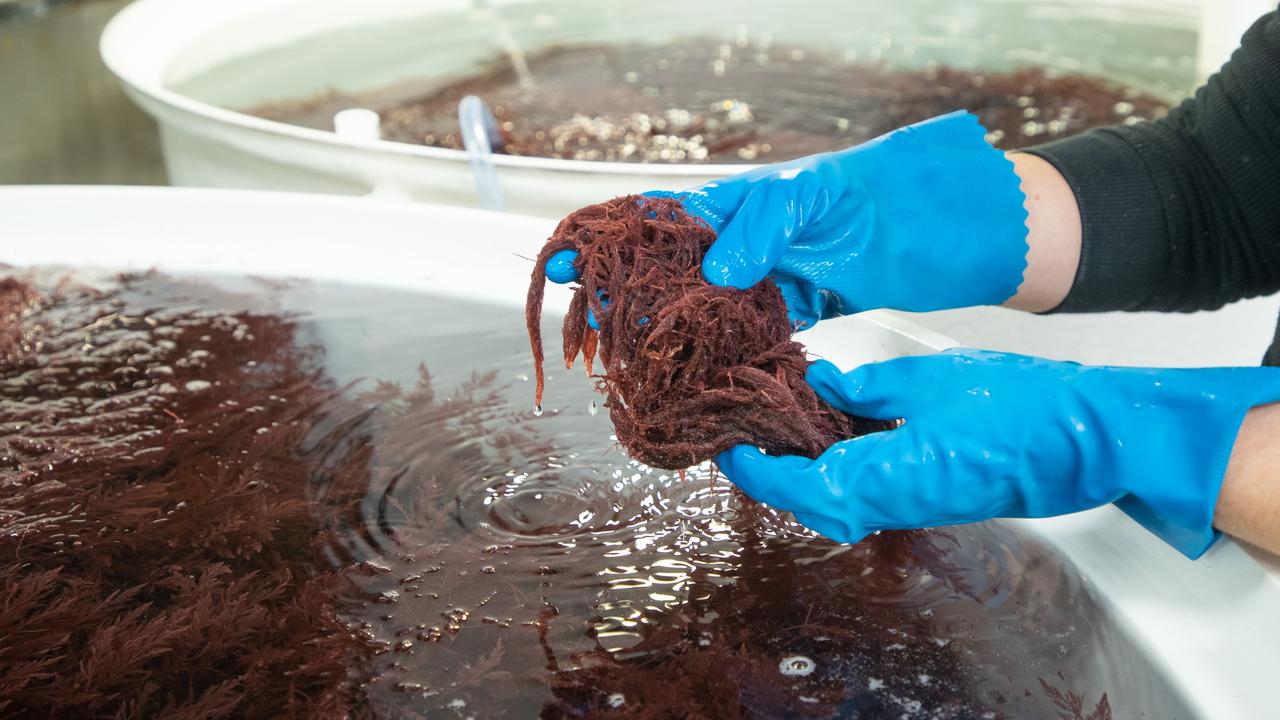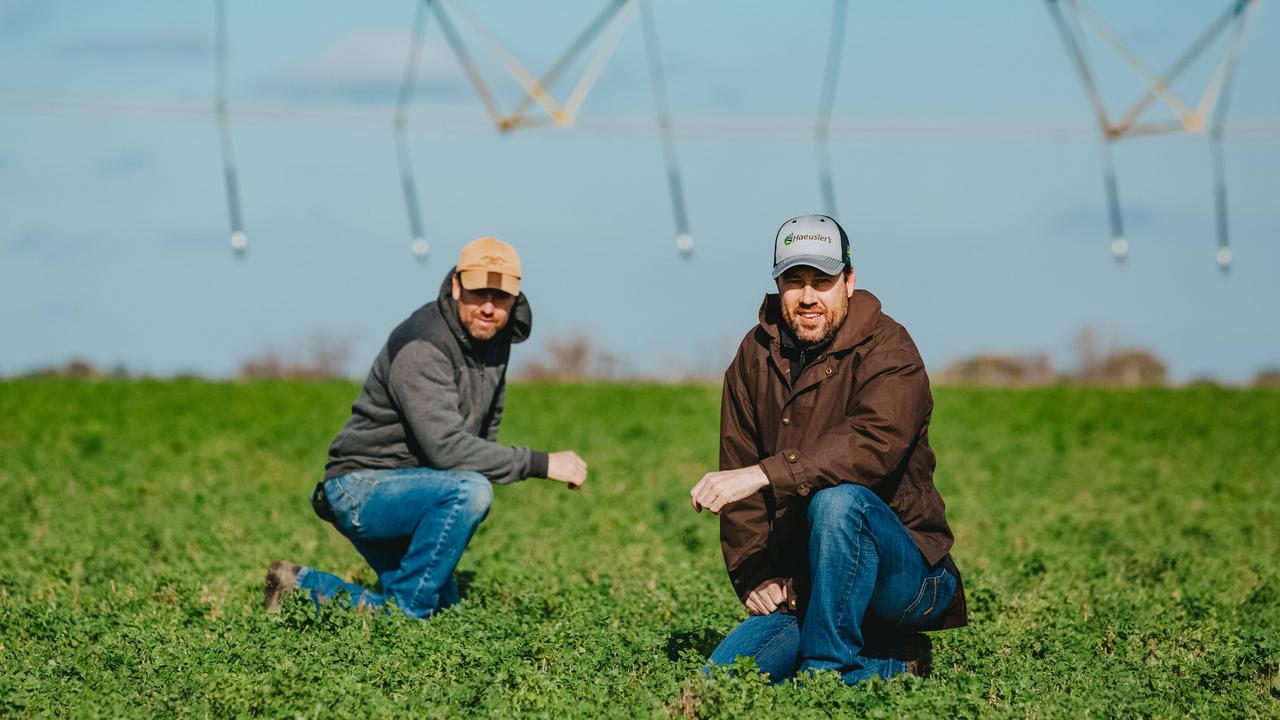How to budget for supplementary livestock feed needs
WHEN pasture is scarce and budgets are tight, it pays to know exactly how much and what type of supplementary feed livestock need, writes DR STUART BARBER.

WHILE grass can meet the nutritional needs of livestock in southeast Australia for much of the year, there are times they need supplementary or even complete feeding.
To effectively feed your stock, you need to understand the nutritional content of feeds and budget accordingly.
HIDDEN WATER
The first thing to understand is the level of dry matter in different types of feed.
Most hay and grain is close to 90 per cent dry matter — in other words about 10 per cent water. When grass is green and relatively short it is likely to be 15 per cent dry matter, 85 per cent water.
So, if green feed and hay had the same energy density per kilogram of dry matter, an animal would need six times as much green grass as hay, by weight, to provide the same amount of energy.
For example, if a sheep required 1kg of good quality hay it would need to eat 6kg of green pasture to gain the same energy to meet its needs. Similarly a cow might need to eat 60kg of green pasture versus 10kg of hay — a bit less than half a small square hay bale in a day.
In general, it is easiest to compare diets based on dry matter. This is particularly important if using supplements with varying dry matter, such as hay versus silage. Silage is quite variable in water content, often about 50 per cent moisture, which is between hay and paddock feed. The dry matter of feed is calculated by simply drying the feed until no water is left in the sample.
FOOD AS FUEL
The energy density of feed is also vital. While you can work out dry matter content at home in a microwave or oven, feed samples need to be tested in a lab to find out the energy density. Your vet or local primary industry staff can help you find suitable labs.
Test results should provide metabolisable energy — indicated by a number followed by MJ/kgDM. This is the energy (MJ) per kilogram of dry fodder. When translated into energy present in actual feed, the figure will always be lower because feed is not 100 per cent dry matter.
For example, if the report indicates 10 MJ/kgDM and feed is 90 per cent DM, every kilogram of feed contains 9MJ.
BULK UP
Another important piece of information revealed by a feed quality test is the per cent of crude protein. This can vary dramatically between feeds with legume-based feeds higher, grasses lower and feeds such as straw generally having extremely low values. Younger, pregnant or lactating stock require the highest per cent of protein in their diet compared to animals such as wethers that have lower requirements.
PIECE IT TOGETHER
Knowing the composition of your livestock’s feed — the dry matter, energy density and protein — allows you to work out how much feed of different types they should have in their diet. For example, if you have oats (10 per cent CP) and lupins (30 per cent CP) and know weaned lambs or calves need at least 12 per cent protein, it is possible to work out what mixture of oats and lupins will provide that minimum.
A 10:90 or 20:80 lupins to oats mixture may often be used to ensure protein levels are adequate. The 10 per cent lupin diet would result in 12 per cent protein, while the 20 per cent lupin diet would result in 14 per cent protein.
Once the autumn or winter break arrives and grass starts growing, it is important to continue supplementary feeding as it may take weeks until grass is tall enough to meet animal needs. A sheep or cow can only bite a certain number of mouthfuls of grass per day before they need to rest. Try using scissors to cut as much grass as a cow eats and you will understand why they need a break.
A late pregnant cow on autumn pasture will need an average of about 4cm of grass in their paddock to be able to eat enough to maintain themselves. Similarly, a late pregnant ewe will need about 3cm to maintain their weight and supply energy to their young.
Resources are available online through Meat and Livestock Australia and departments of primary industries to help work out feed budgets for different classes of livestock.
Budgeting and knowing the nutritional value of feed can help you reduce the overall cost of diets and ensure you provide the right quantity and quality of feed.


